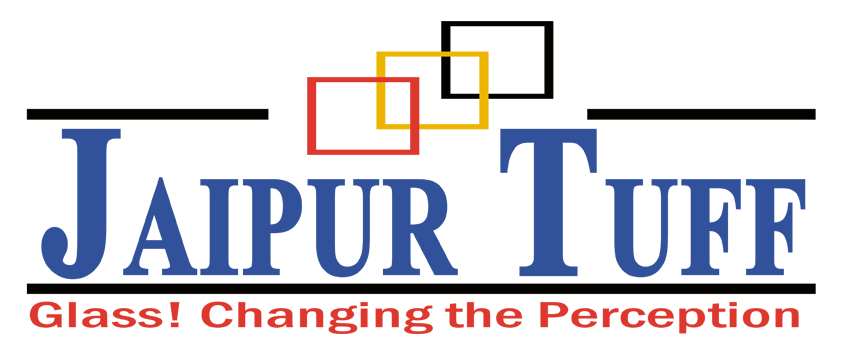IS 14900: 2018 – Transparent Float Glass Specification (First Revision) is an Indian Standard that prescribes the requirements, methods of sampling, and testing procedures for flat, transparent, clear float glass. The standard covers the following aspects:
Key Features of the Standard:
Scope:
- Applies to transparent float glass, which is flat, has glossy, plain, and smooth surfaces.
- Includes jumbo, cut sizes, and stock sheets in square, rectangular, or other shapes.
- Excludes tinted, coated, frosted, and heat-absorbing glasses.
Terminology: The standard defines various terms related to defects and visual characteristics of glass, such as:
- Bloom: Bluish discoloration on the bottom surface due to tin oxide.
- Bubbles, Cords, Knots, Ream: Different types of imperfections in the glass.
- Crush, Digs, Rubs, Scratches: Surface imperfections.
- Spot Faults: Imperfections such as bubbles and stones that affect visual quality.
Requirements:
- The tin side of the glass must be identifiable via a UV light test (Annex A).
- Visual Light Transmission: The minimum value for light transmission is specified based on thickness (e.g., 89% for glass less than 2 mm).
- Dimensional Tolerances: Specified for thickness, length, and width.
- Squareness: Tolerance for the difference between diagonals of rectangular panes.
Optical and Visual Faults:
- Glass is inspected for optical distortion and categorized based on spot faults and linear faults (e.g., scratches and rubs).
- A Zebra test (Annex C) is conducted to detect optical faults, which cause visual distortion.
Packaging and Marking:
- Glass must be packaged with shock-absorbing material.
- Each package must be marked with the name “Float Glass,” the source of manufacture, thickness, dimensions, and the number of panes.
Sampling:
- Samples are drawn from lots based on batch size, and each sample undergoes testing for compliance with the UV test, visual and optical faults, and dimensional tolerance.
- Annex G provides the procedure for determining sample sizes based on the size of the consignment.
Key Testing Methods:
- UV Light Test: Used to identify the tin side of the glass (Annex A).
- Light Transmission Test: Measures visual light transmittance using a spectrophotometer or a standard illuminant (Annex B).
- Optical Fault Detection: Involves the Zebra Test, which identifies optical distortion (Annex C).
- Spot Fault Detection: Measured using a projection technique (Annex D).
- Ream, Strings, and Linear Fault Detection: Inspected under specific lighting conditions (Annex E).
The document outlines clear specifications to ensure the quality, optical clarity, and durability of transparent float glass, particularly for use in architectural, automotive, and mirror applications.


